Exact Answer: 2 hours
Pasta commonly known as spaghetti is an Italian cuisine which is made from wheat flour. Often, this meal is prepared by boiling. Spaghetti is said to be in existence for long since the Roman Empire. Nowadays, pasta is among the World’s most famous dish, and many people love it.
It is always essential to know the shelf life of your food; therefore, in this article, we shall discuss how long does spaghetti last in the fridge and why.
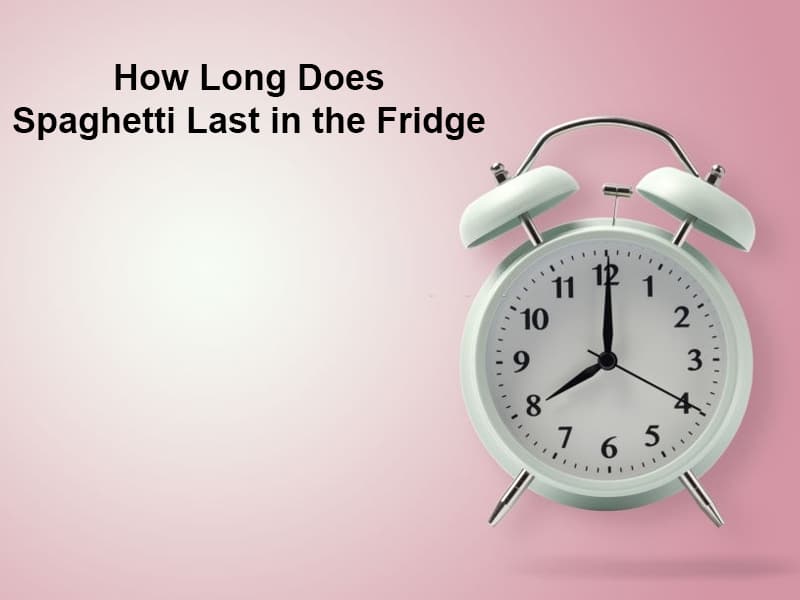
How long does spaghetti last in the fridge
| Spaghetti Type | Time |
| Room Temperature | 2 hours |
| Refrigerator | 5 days |
| Freezer | 2 months |
When left at room temperature, spaghetti can go rancid easily. At a temperature range of 40o and 140o, Fahrenheit bacteria tend to grow at a very high rate. Therefore, refrigerating your food will help in inhibiting microbial growth. Pasta can quickly go rancid when left at room temperature for more than two hours.

Refrigerating your spaghetti will help increase its shelf life by 3 to 5 days. Consuming it after that period will be potentially risky for your health. Once you are done serving your meal, ensure that the leftovers are refrigerated immediately to prevent the growth of microorganisms. Always store your spaghetti at the upper shelves where the temperature is low.
When you don’t have plans of consuming your spaghetti soon, freezing becomes the best method of storage. Freezing inhibits the growth of microorganisms hence increases its shelf life.
Uncooked spaghetti which is sealed can stay for approximately two years in the pantry without going bad.
Why doesn’t spaghetti last for long?
Various things affect spaghetti’s shelf life such as;
- Ingredient: Using dairy cream and mayonnaise in your spaghetti sauce will reduce its shelf life, unlike sour-based sauce which will make your meal last longer.
- Storage: Storing your spaghetti on the upper shelves of your fridge will help increase its shelf life due to its lower temperature, which doesn’t synergize with the temperature of the meal. Do not store your spaghetti in your fridge draws due to their warmer temperature.
- Storage container: Storing your spaghetti in an airtight container will help maintain a constant warm temperature, which inhibits the growth of microorganisms.
How to tell spoilt spaghetti
Checking for mold presence is one of the best ways of telling if spaghetti is suitable for consumption. Often, cooked as well as uncooked spaghetti will develop mold when exposed to air for long. Furthermore, spoilt spaghetti will have an unpleasant odor and signs of discoloration.
When dry spaghetti does not show any sign of spoilage when stored for so long, it will lose its original flavor. Furthermore, once cooked, its texture will be different as well, that’s why using up your spaghetti is highly recommended.

Conclusion
You should always note that freezing is the best method of preserving spaghetti. When spaghetti is frozen, its shelf life is increased by one to two months. Despite its quality not being equal to that which is freshly cooked, it will be safe for consumption and can be served with another dish.


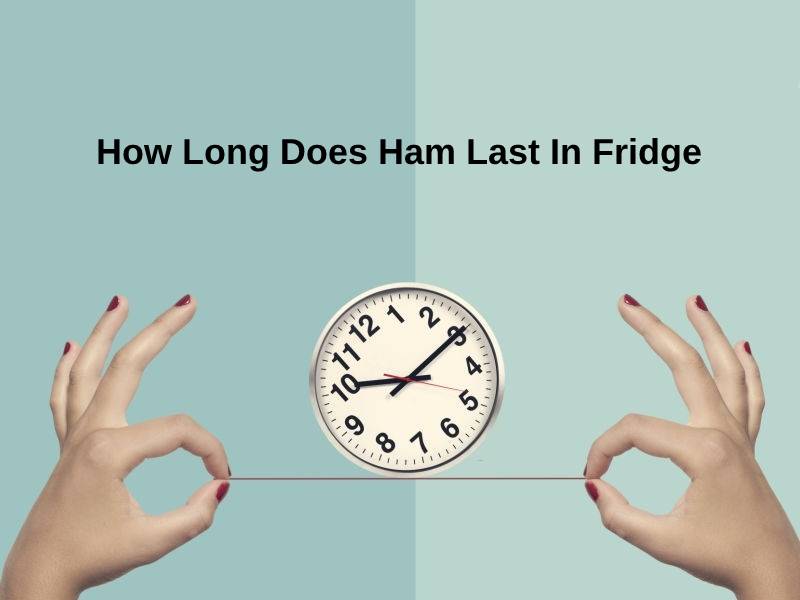
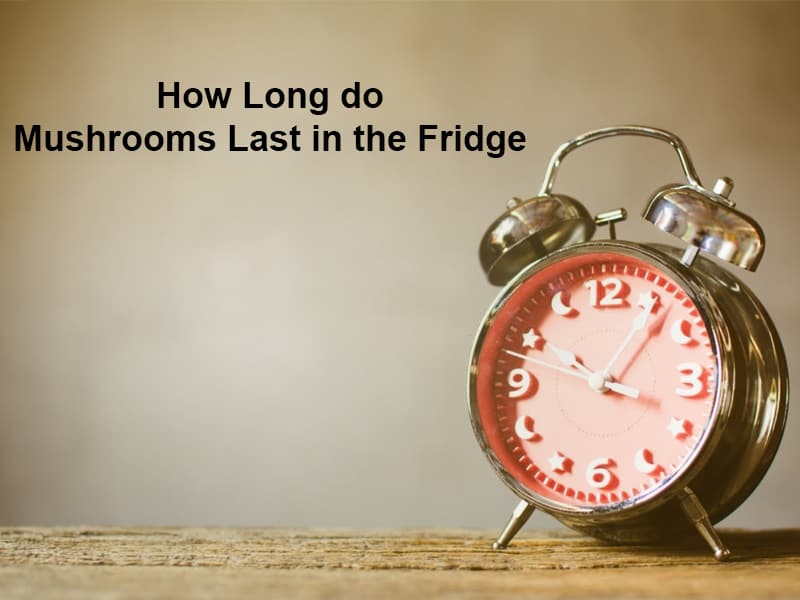
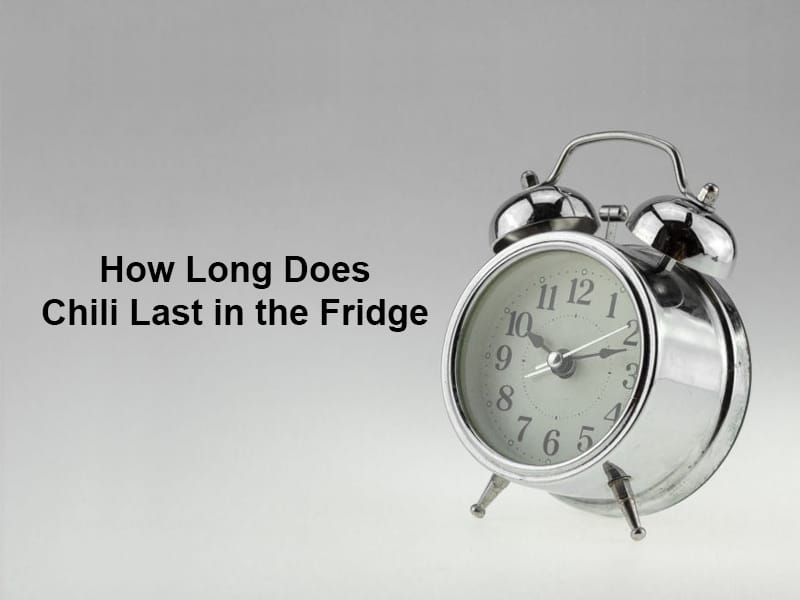


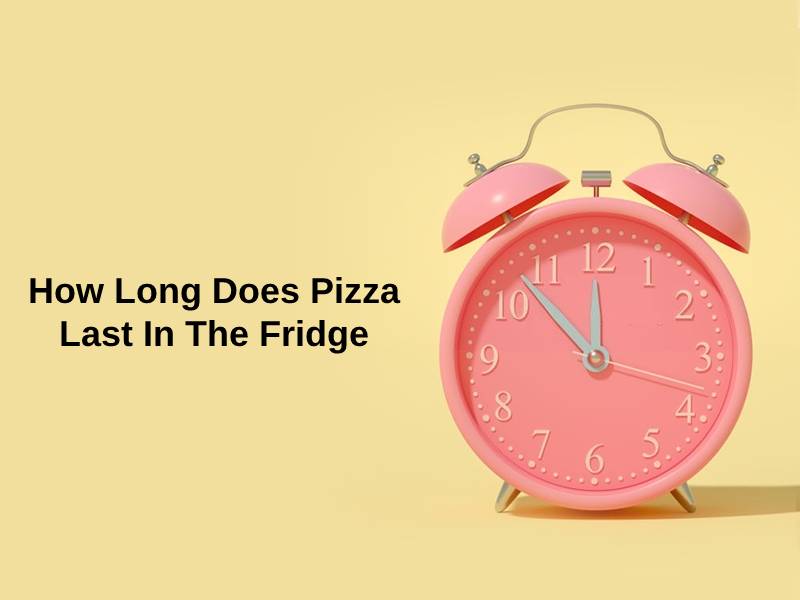
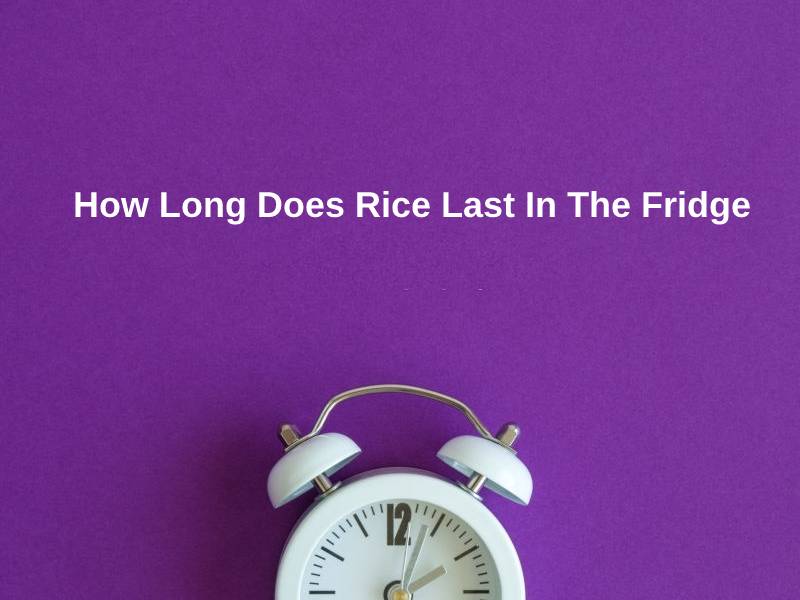
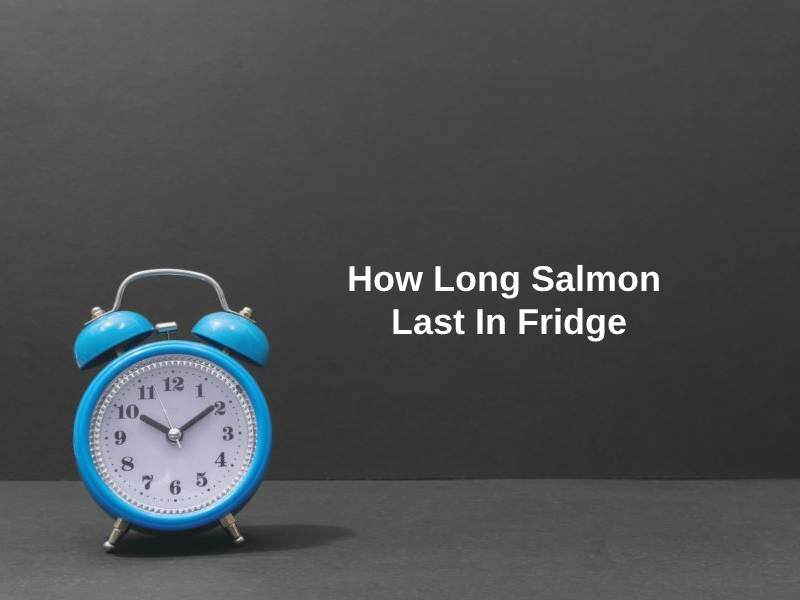
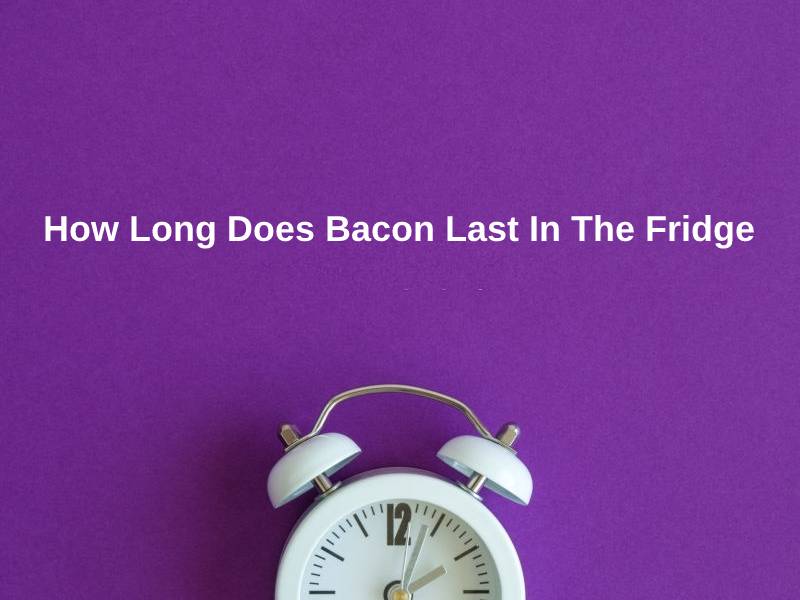
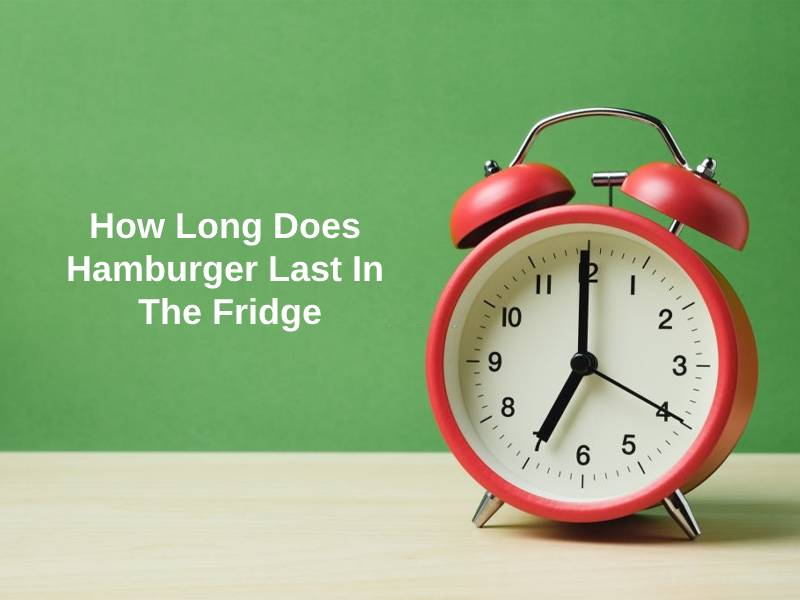
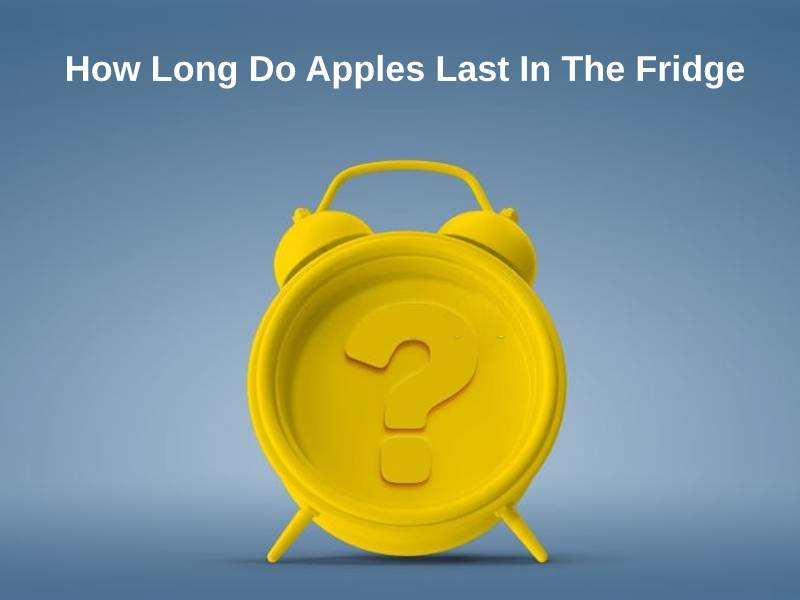
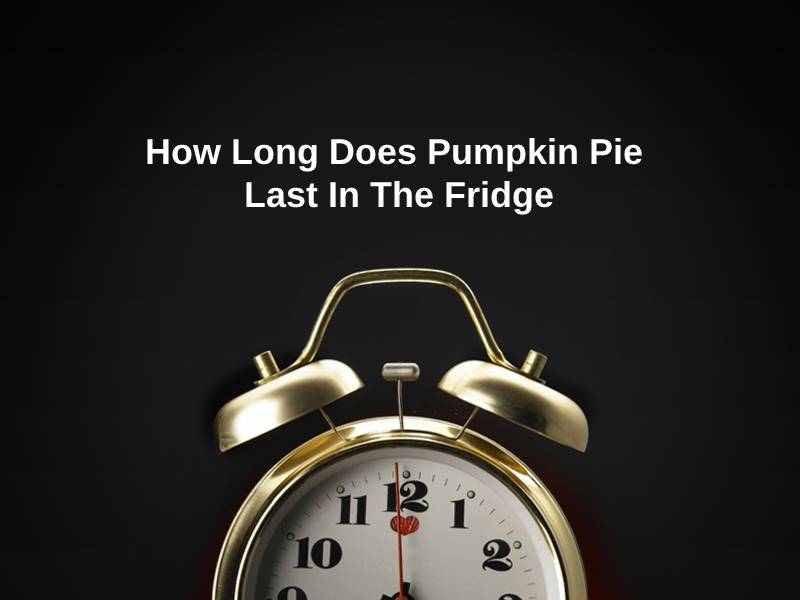
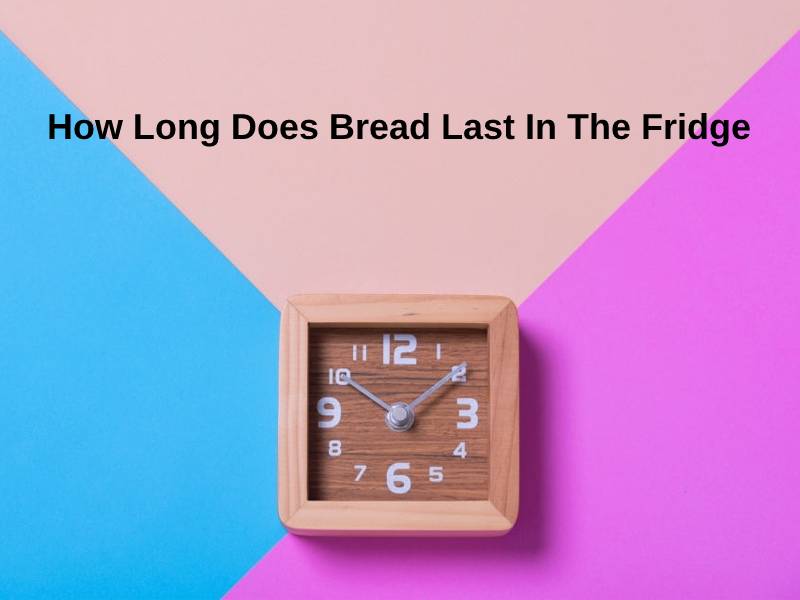
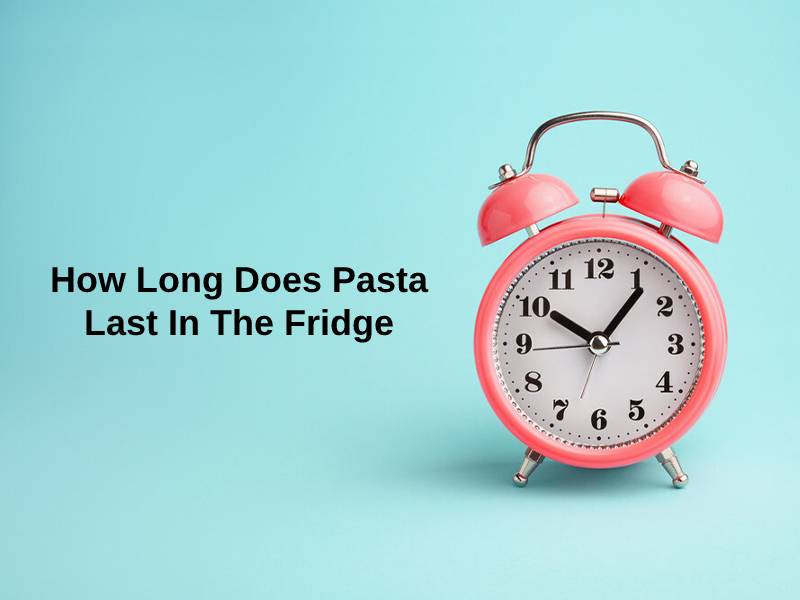
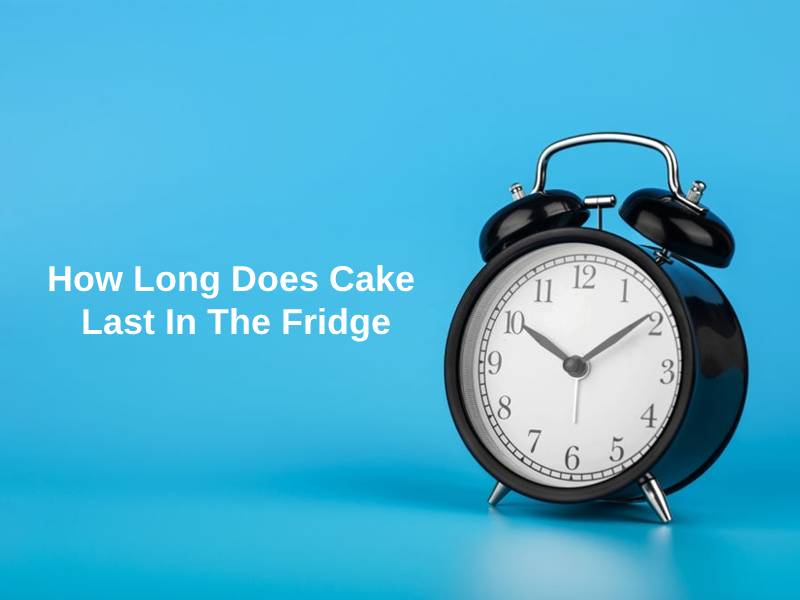
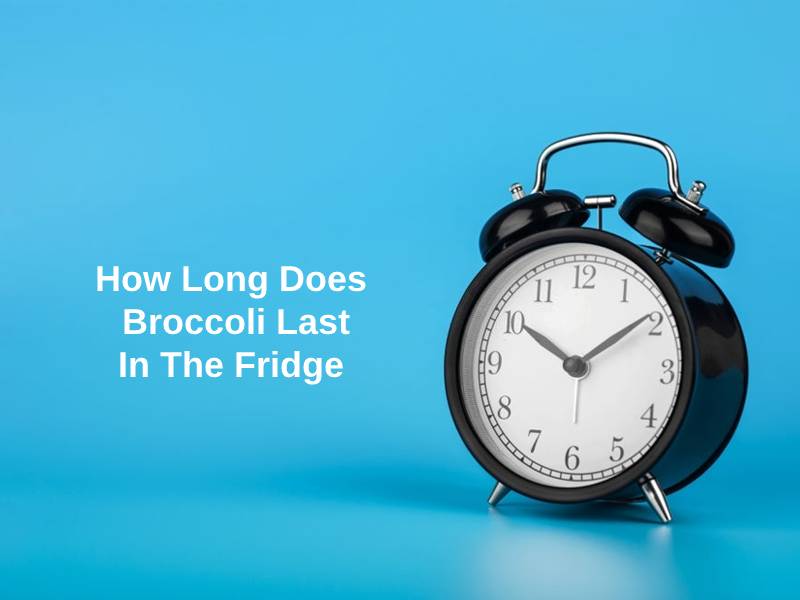
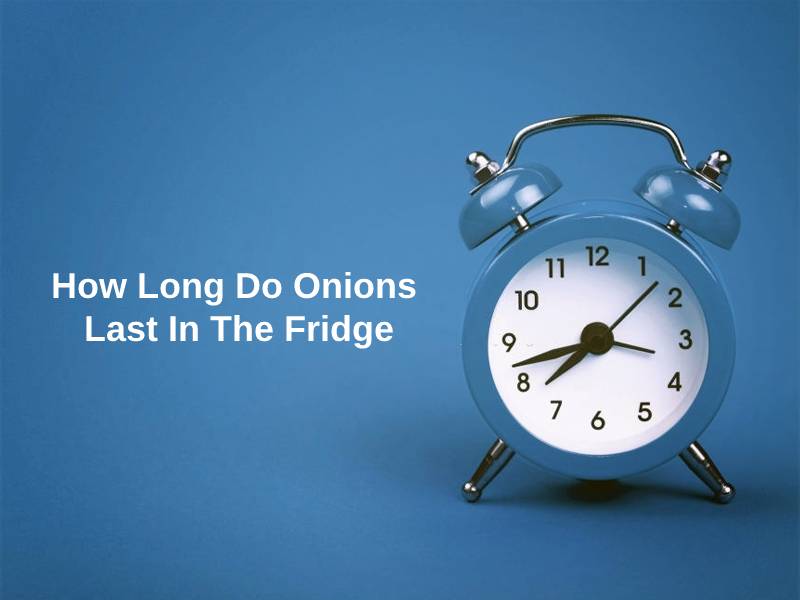
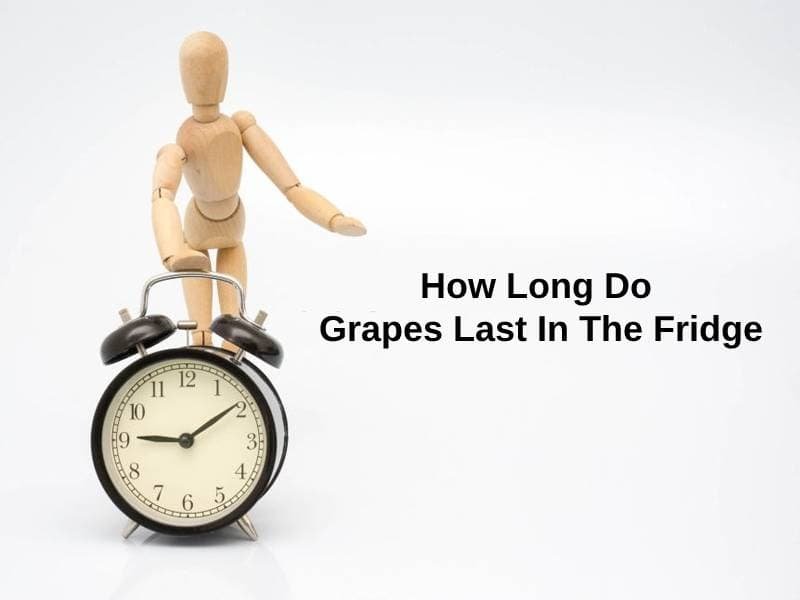

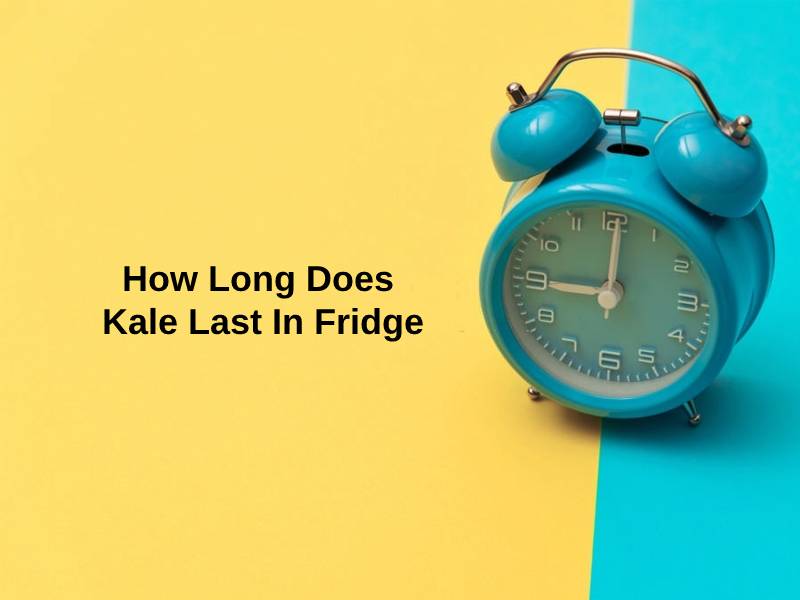

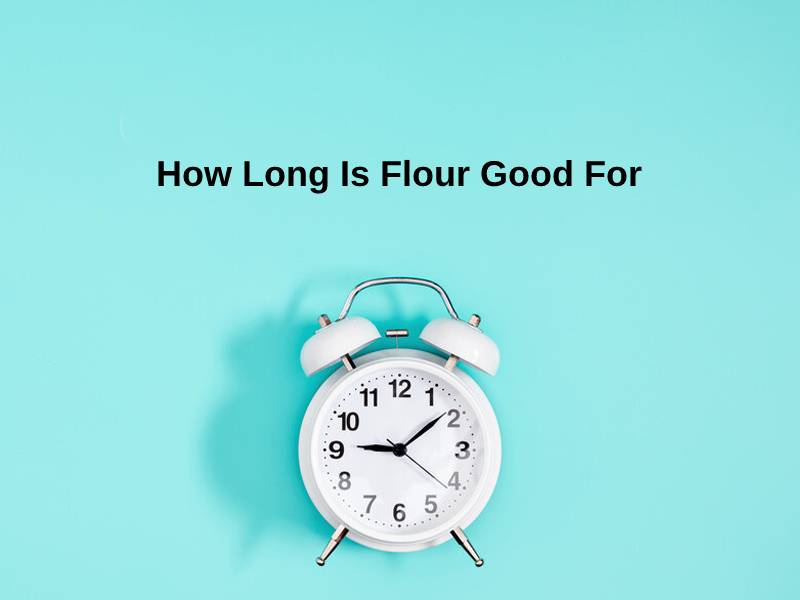
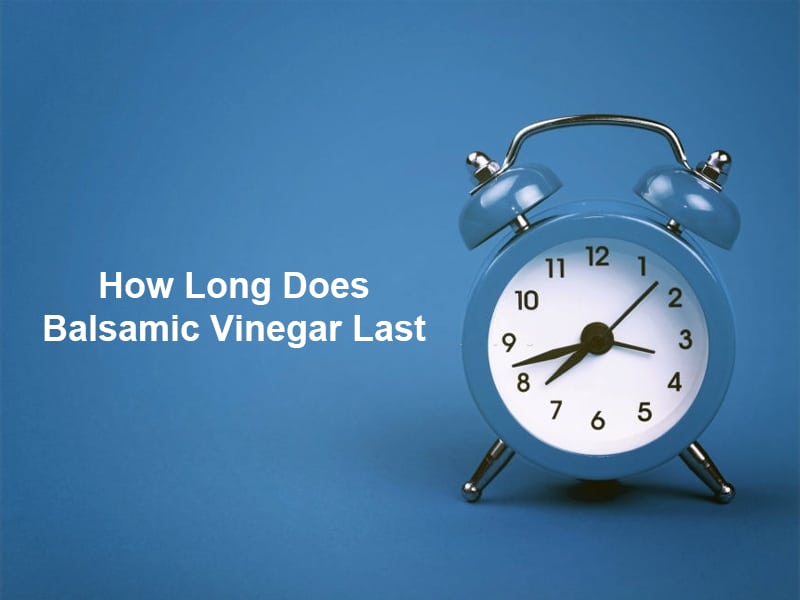
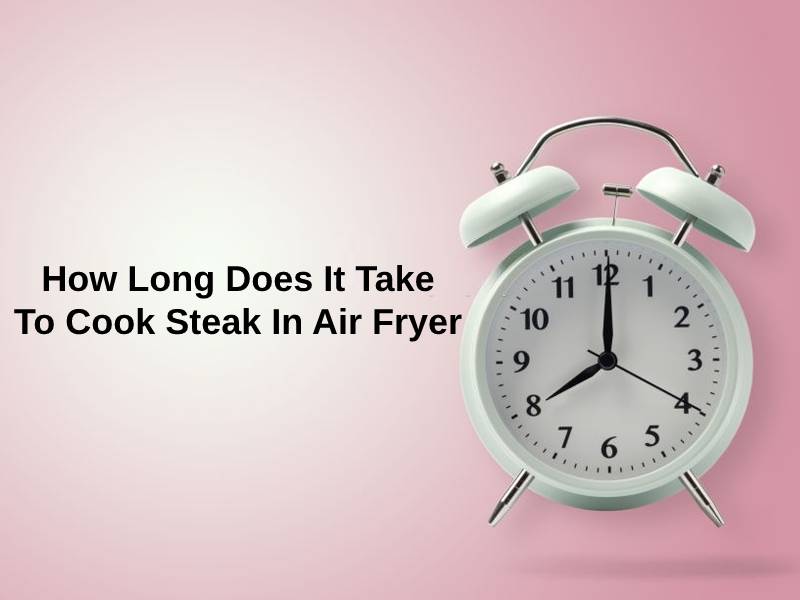
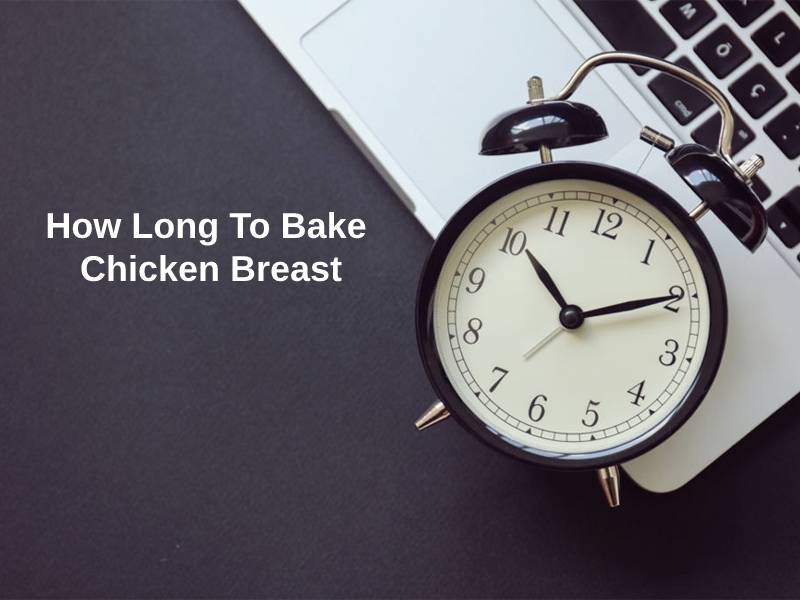
Who knew there was so much to know about spaghetti storage? I’m impressed
This is very useful, I had no idea about the specific shelf life of spaghetti
I’m glad to know the science behind why spaghetti doesn’t last long, very interesting
Great to know the signs of spoilt spaghetti, will keep an eye out for those
This is a comical and helpful article, half the time I’ve been storing spaghetti wrong!
I appreciate the emphasis on safe food handling practices, very important
This article explains thoroughly how long spaghetti can last and different ways to store it in the fridge, very informative
Informative indeed, safety should always come first
I agree, it’s important to be aware of these details when handling food
A scientific perspective on food storage, very intriguing
The explanation about ingredient and storage affecting shelf life was eye-opening, thanks for the info
Freezing spaghetti seems to be the best option, it’s good to know this method works